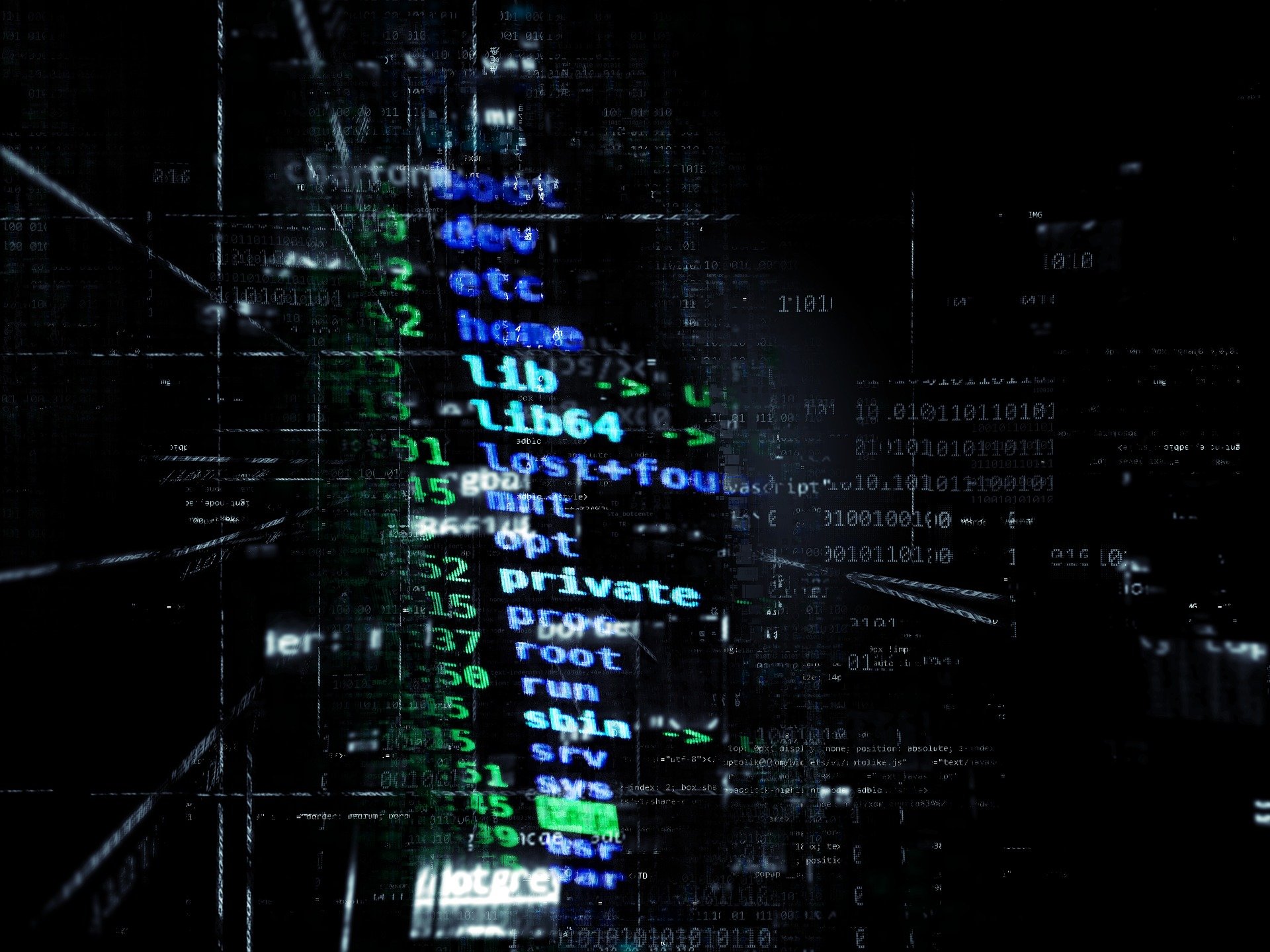
The Mathematical Mesh:
take back control of your data
Easy, Intuitive Security for Everyone
Making the web easier to use by making it more secure to use
The Mathematical Mesh is an open infrastructure that makes using advanced cryptographic security effortless.
Most existing cryptographic security solutions are rarely used because they require too much effort. They require effort to learn, they require effort to configure and they require users to constantly remember to use them. The only cryptographic applications that are widely used are those which require no effort or understanding on the user’s part at all.
Using a more advanced technology need not require greater user understanding. Early automobiles required drivers to be mechanics with a deep understanding of how the engine, gearbox and other internals worked. A modern car is vastly more sophisticated representing many millions of hours of research and development but they make almost no demands of the user unless faulty.
The Mesh uses advanced cryptography to make security effortless for the user. Instead of demanding the user pay attention to keys and certificates, all the management and configuration tasks which in previous systems fell on the user are automated.
-
Everyone agrees that encryption is the answer to securing data. So why isn’t everyone everywhere encrypting everything, always?
Encryption is easy but until the Mathematical Mesh, decrypting was too difficult for most users. The Mesh makes ubiquitous encryption practical by making it easy to grant and remove the ability to decrypt data, to the exact set of devices and people we choose, and no one else.
The web was the democratization of access to information. The mesh is the democratization of access to privacy.
-
The Internet of Things promised us a future of smart homes in which all our appliances would be interconnected on the web, working together to make our lives easier. Reality has fallen far short of this promise. IoT manufacturers have prioritized their business models over the needs of their customers.
The Mesh supports a different approach. Devices from laptops to coffee makers connect to an account controlled by their owner. This account access gives them all the credentials and configuration data they need to work securely together, without artificial or expensive intermediary services.
-
Even when we pay for Internet services, they don’t really belong to us. Changing email service provider means giving out the new address to everyone we want to be able to send us mail.
Mesh Accounts are created by and belong to their users. Mesh contact assertions allow for automatic updates allowing users to move their Mesh account to a new Service Provider at any time. Contact assertions can include service addresses for other protocols and applications giving the effect of portable email addresses and portable messaging accounts.
-
Everyone is agreed that it is time to stop using passwords but no one agrees what we should replace them with.
Ellison's Law: the number of users who will apply a security control is halved for each key press and every mouse click required to enable it. In short, nobody will use it if it's not user-friendly.
The Mathematical Mesh’s approach is to put power in the hands of the users, rather than outsource to corporations or agencies and rent access to one’s own data.
Open infrastructure, open source, open specifications and open services. That’s the Mathematical Mesh.
See more in our white paper:

